How to care for your walking boots
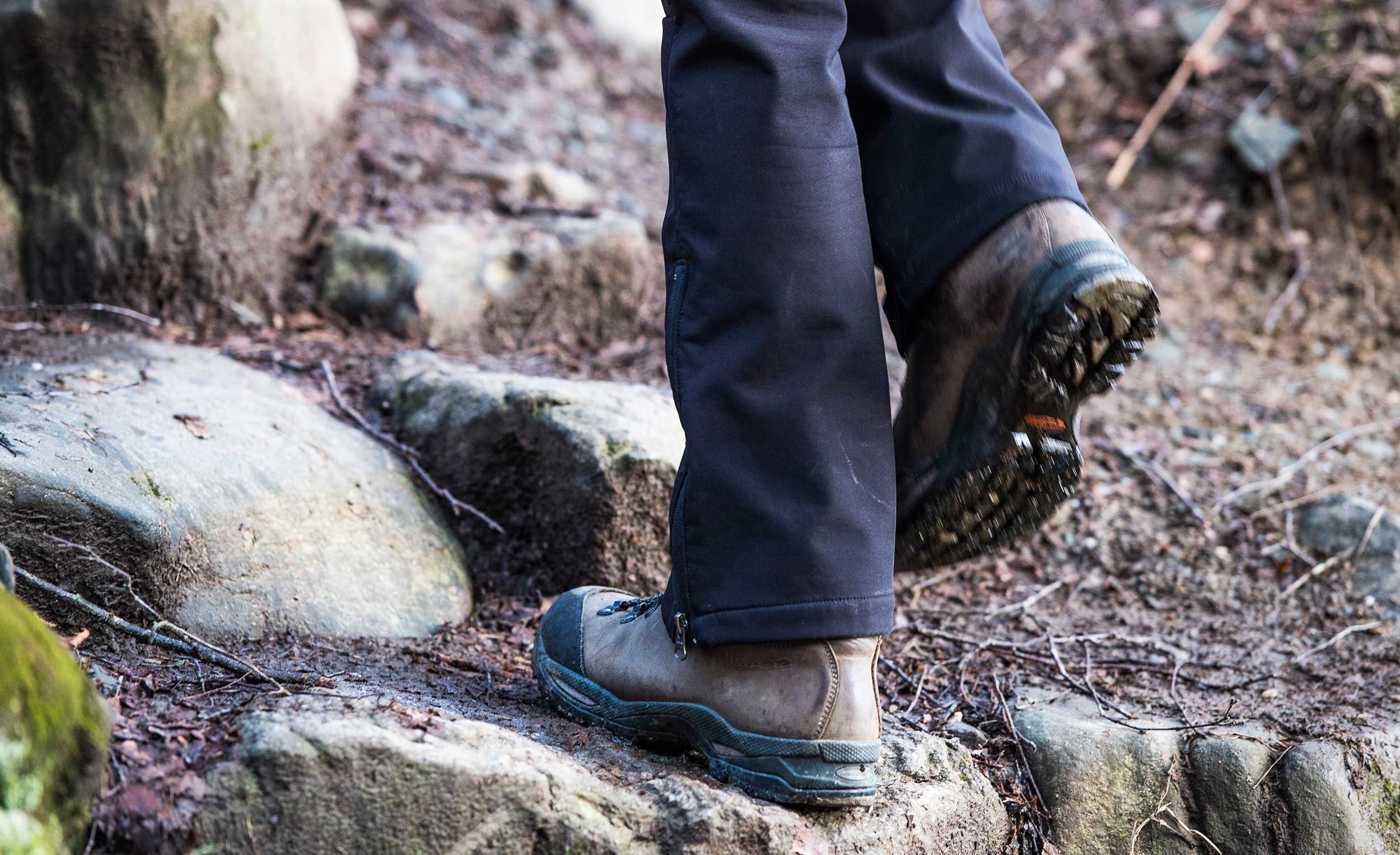
If well looked after, a good pair of walking boots can keep you comfortable and safe on your feet for many years. Read on to learn how.
Scrub clean straight after your walk
Cleaning your boots straight after a walk may not be the most exciting way to end your walk, but you'll thank yourself later.
To clean your boots, rinse with warm water and use a semi-stiff brush to remove any stubborn mud and grit.
Be gentle with the delicate surfaces of the boot so you don't soften your leather uppers too much - this helps avoid shape loss.
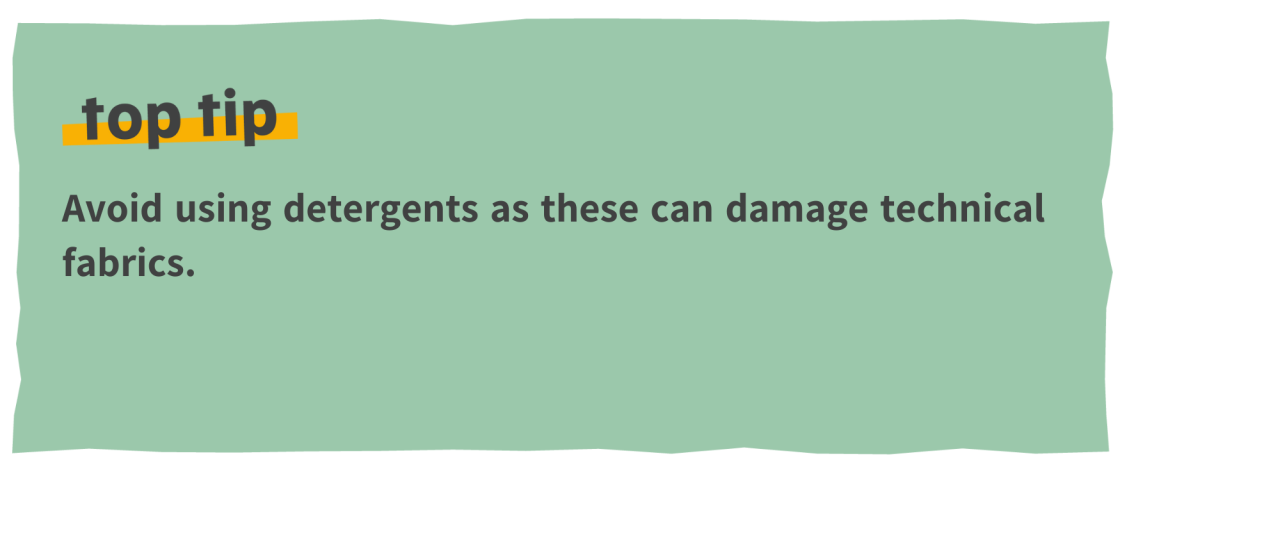
Treat with a waterproofer
Using a waterproofer will help to keep your feet dry on your walks.
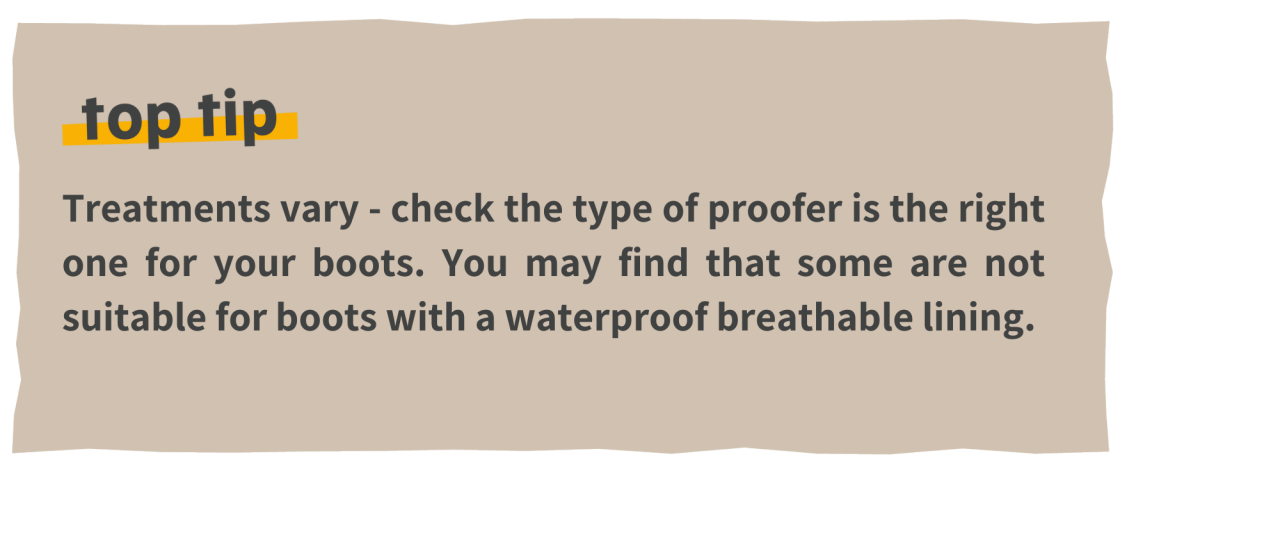
Dry carefully (not by the fire or radiator)
Avoid the temptation to dry your boots by the fire or radiator. This can damage your boots and affect their performance. Much better to let them dry in a well-ventilated warm room or outdoors.
Top tip: Newspaper is perfect for absorbing moisture from wet walking boots. Replace it every couple of hours until the paper is dry. Or you can buy reusable moisture-absorbing balls.
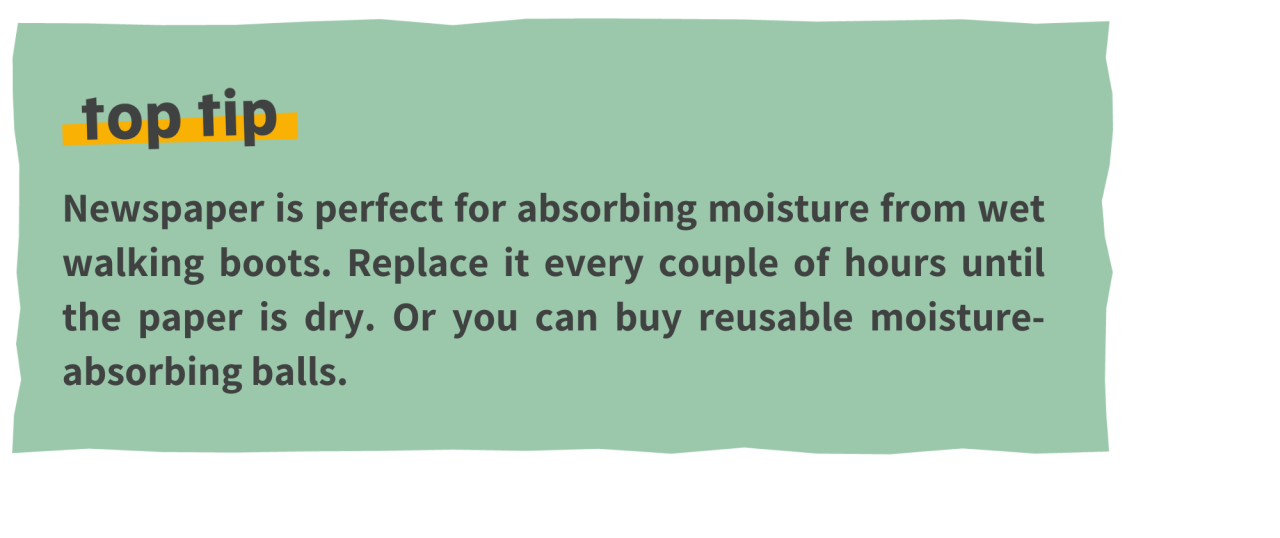
Check for wear and tear
Keep an eye out for wear and tear, especially on the soles of your boots. If you notice signs of wear and you’re losing grip, you may want to replace the sole. You may need a new pair of boots if the upper is also damaged.
Walking gear buyers guides
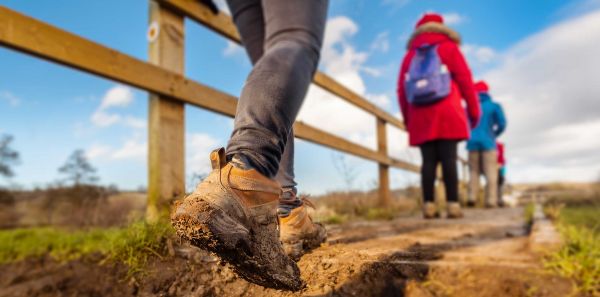
Walking boots Buyer’s Guide
Choose the right footwear to get the maximum enjoyment from your walk. Read our expert advice on ...

Walking poles Buyer's Guide
You may find walking poles useful for long-distance hikes. Read our expert advice on choosing the ...

Walking trousers Buyer’s Guide
A good pair of walking trousers will make your walks more comfortable. Read our expert advice on ...

Waterproof jackets Buyer’s Guide
A good waterproof jacket will help you enjoy your walks whatever the weather. Read our expert ...
.jpg?itok=MDxmT0ke)
Walking navigation devices Buyer’s Guide
When striding out on less well-trodden routes, a navigation device can be a useful partner. ...